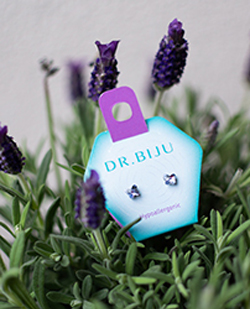
Bleeding control
Bleeding control
When you cut yourself you bleed because the pressure that exists in the interior of blood vessels forces the blood to come out.
In arterial bleeding the blood is effervescent red and is shaken rhythmically with each cardiac vibration.
In vein bleeding the blood has darker red colour and comes out with less pressure. In capillary bleeding the blood simply flows.
The organism has its own mechanisms in order to decrease and stop the bleeding. In the event of an injury the cut utmost twitch the vessel in order to decrease the loss of blood and the pressure of blood falls. Then shape clots are formed that bar the wounded vessel. As low as the blood flows from a wound, that easily the clot is formed. On the contrary, as fast as it the blood flows from the wound, the probability it drifts the formed clots is bigger.
The principle in which the control of bleeding is supported is the restriction of flow of blood in the wound and hence the assistance of forming a clot. This happens in two ways, the pressure and the elevation.
• In order to stop the bleeding without preventing the remainder circulation you should immediately apply pressure straight on the wound. The pressure should be maintained for 5-15 minutes because it needs time in order to stop the flow of blood.
• If there is something stuck in the wound, the pressure must be applied at length of this.
• Lay down the sufferer comfortably and raise the wounded part as high as possible and keep it raised.
• Place a sterilized and without pharmaceutical substances cloth on to the wound covering it well. Press steadily and fix with a bandage as tight as it needs in order to stop the bleeding but not to stop circulation.
• If bleeding continues, add more clothes without removing the other ones.
In order for a bleeding to stop you need to act fast, but it is urgent when
- A lot of blood has been lost
- The blood has effervescent red colour and is shaken rhythmically (arterial bleeding)
- The bleeding continues for a period of time
Dangers from the heavy bleeding
- Shock or even death
- Blair of vision, dizziness, fainting
- Dyspnea and feeling of thirst, pallor, cold and adhesive skin, fast and weak pulse
- Stress and concern, reduction of level of conscience
- Microbial infection of wound










